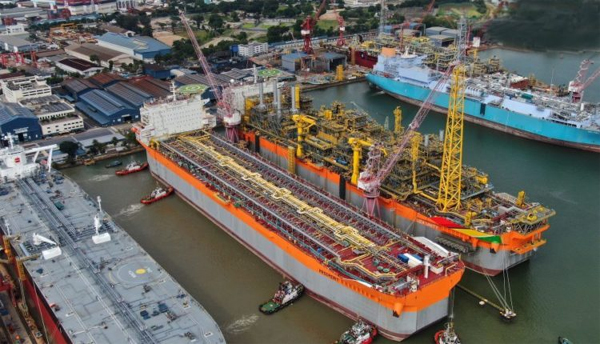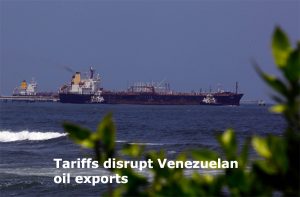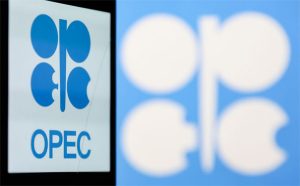
News Room Guyana
GEORGETOWN
EnergiesNet.com 08 03 2022
As the burgeoning Guyanese offshore oil and gas industry goes from strength to strength, powered by the Stabroek block, government revenue from domestic production is on track to break the $1 billion mark this year and accelerate to $7.5 billion annually in 2030, according to Rystad Energy research. This year is set to be a turning point for the Georgetown government to start capitalizing on the vast reserves in the offshore field, with revenues more than doubling over 2021 levels.
Low breakevens and below-average emissions intensity in the Stabroek will propel Guyana from a relatively small producer to a global leader in the coming years, solidifying the country’s position as a competitive and policy-friendly player for offshore production.
The government’s take* from the production is expected to increase until 2025, reaching $4.2 billion annually. Triggered by a forecasted drop in oil prices and continued spending on the field’s development, government revenues will fall to $2.4 billion in 2027. Still, production growth is set to accelerate, with revenue momentum resuming as new pre-Final Investment Decision (FID) projects are sanctioned and brought online, leading to peak government revenues of $16 billion in 2036. These projections do not factor in as-yet undiscovered resources.
The recent spate of prolific discoveries and the steady pace of FIDs position the Guyanese government to reap the rewards of these finds with cumulative revenues totaling $157 billion by 2040.
Guyana is the global leader in total offshore discoveries since 2015, with 11.2 billion barrels of oil equivalent, amounting to 18% of discovered resources and 32% of discovered oil. Of the total, a whopping 9.6 billion barrels are oil, far outpacing the US in second place with a comparatively small 2.8 billion barrels. The Stabroek block accounts for all of these finds, but recent discoveries in other areas show the potential for growth elsewhere.
Guyana is forecasted to produce 1.7 million barrels per day (bpd) of oil by 2035 – not accounting for as-yet undiscovered volumes – propelling the country to the fourth position on the list of the largest global offshore oil producers, leapfrogging the US, Mexico and Norway.
“Guyana is just starting to extract and monetize its vast resource wealth, and the coming years will be a financial windfall for the Georgetown government. The country has played the long game after several decades of elusive exploration. The country’s offshore production is finally ready to take off,” says Schreiner Parker, senior vice president and head of Latin America and the Caribbean.

Comparing the fiscal regimes of other offshore leaders, Guyana’s is on the higher end, with the government take clocking in at 59% of total value. In contrast, applying the US fiscal regime to the Stabroek block would result in a government take of only 40%. Nigeria and Brazil align more with Guyana’s fiscal policies, with 58% and 61%, respectively.
The cost of supply is a significant factor in considering the desirability of assets and comparing them to other sources and regions. Helping to transform Guyana into a global heavyweight in offshore production is its competitive breakeven costs, which average $28 per barrel across all projects and less than $20 for producing projects. Guyana’s offshore oil fields are some of the most competitive supply sources outside of the Middle East and offshore Norway and are cheaper than the US onshore heavyweight the Permian, Russia and many other sources.
In addition, emissions intensity from offshore activity in Guyana is lower than the global average for oil and gas production and deepwater offshore production, further strengthening the country’s position through the energy transition. Upstream emissions from Guyana’s deepwater activities average 9 kilograms of CO2 per boe, comparable to Brazil and slightly higher than Norway.
Although tensions with neighboring Venezuela and Suriname have been an issue in the past, warming relations have allowed for increased drilling along the borders and boosted overall investor sentiment in Guyana.
Still, it may not be all plain sailing. Strong institutional governance, transparency and regulatory practices will be vital to unlocking the full potential of Guyana’s resource wealth for its society. Although the government has taken steps to improve governance, including establishing a sovereign wealth fund and improving fiscal policy transparency, there are still improvements to be made. For instance, the Extractives Industries Transparency Initiative (EITI), which champions strong resource management and governance practices, recently found several weaknesses in Guyana’s company reporting and tax processes. However, their EITI score will likely grow in the coming years as recent improvements take effect.
Source: Rystad Energy
newsroom. gy 08 02 2022












